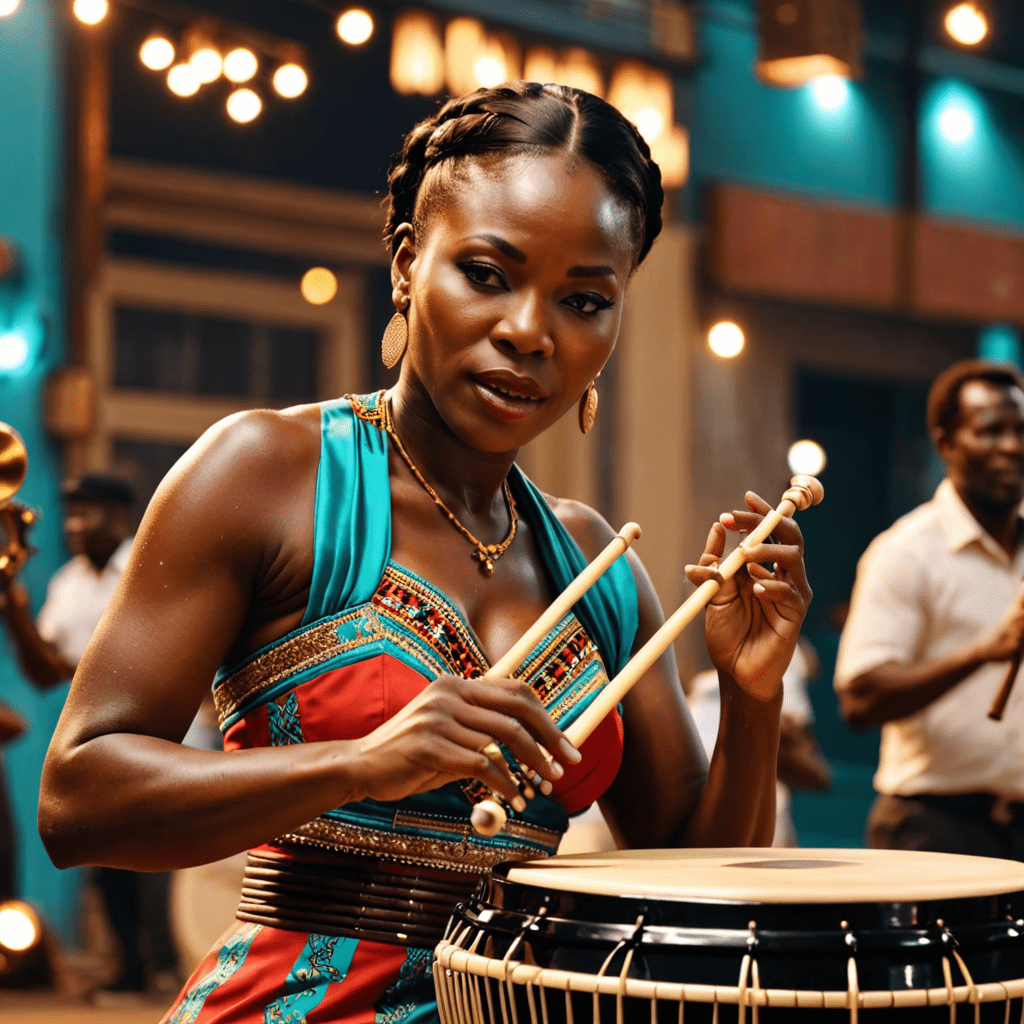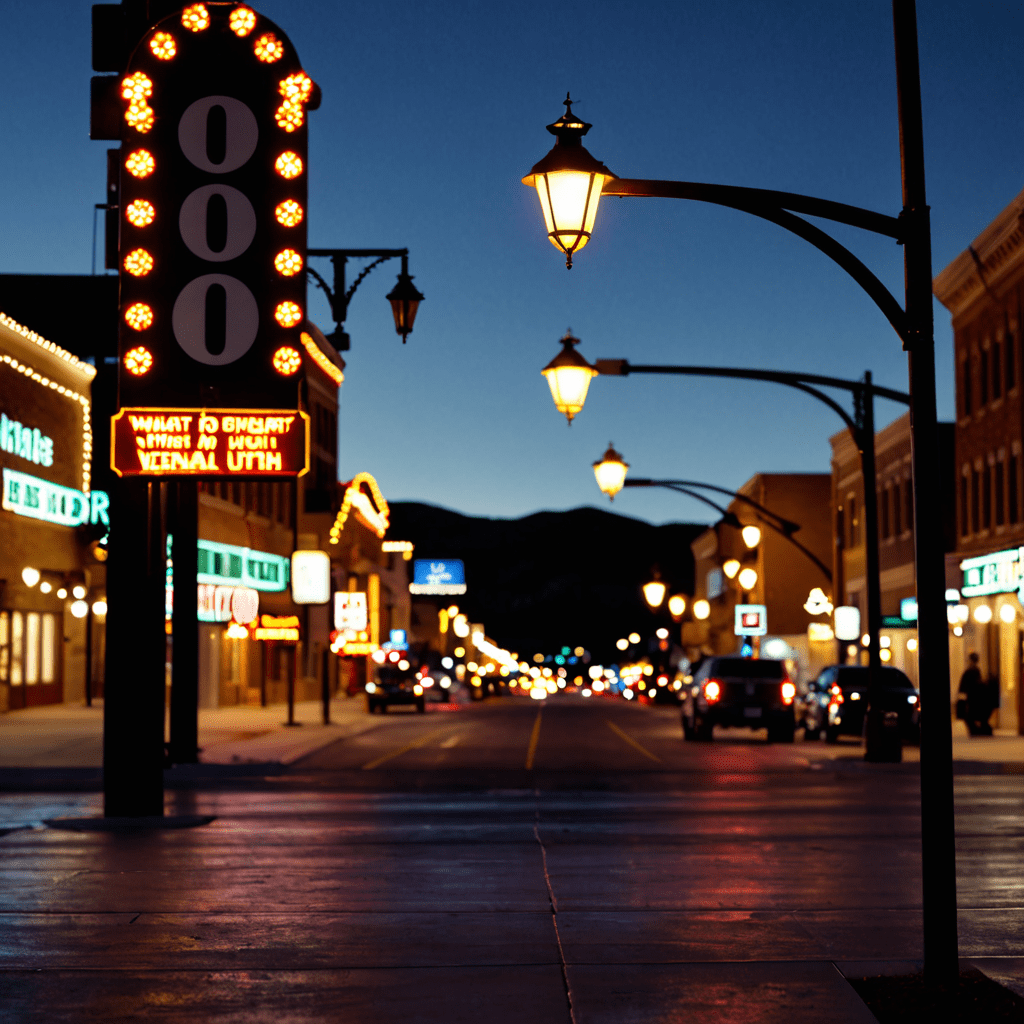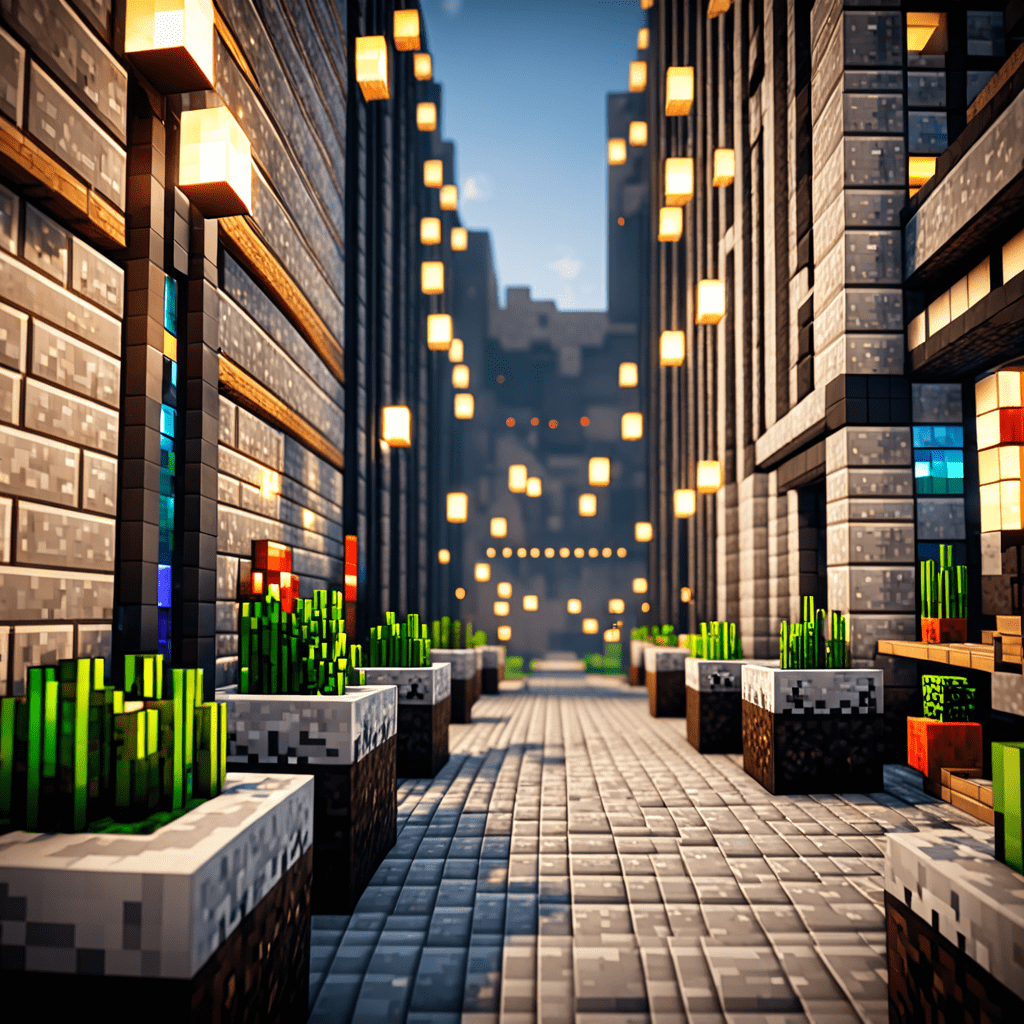6. A Peek into the Royal Palace:
The Royal Palace of Brussels stands as a majestic symbol of Belgium's rich history and cultural heritage. While not the King's official residence, it serves as a venue for state functions and royal receptions. The palace boasts an impressive blend of architectural styles, reflecting its long and fascinating past.
The core of the palace dates back to the 11th century, serving as a ducal palace for centuries. In the 18th century, extensive renovations transformed the structure into a Neoclassical masterpiece. The facade features intricate carvings, majestic columns, and a grand balcony overlooking the city.
Stepping inside the palace, visitors are greeted by opulent interiors adorned with exquisite tapestries, ornate furniture, and stunning artwork. The Throne Room, with its velvet-draped walls and gilded ceiling, reflects the grandeur of the Belgian monarchy. The Mirror Room, adorned with countless mirrors, creates a sense of infinite space and elegance.
Exploring the Royal Palace offers a glimpse into the lives of Belgium's royalty and provides a fascinating journey through the country's architectural and cultural evolution.
7. Hidden Architectural Gems:
Beyond the renowned landmarks, Brussels harbors a treasure trove of hidden architectural gems waiting to be discovered. Venturing off the beaten path unveils charming squares, tucked-away churches, and unique structures that showcase the city's architectural diversity.
The Place du Sablon, with its cobblestone streets and antique shops, is home to the Notre-Dame du Sablon Church. This Gothic masterpiece boasts intricate stained-glass windows, delicate sculptures, and a serene atmosphere.
Nestled in the heart of the city, the Galeries Royales Saint-Hubert offers a glimpse into 19th-century shopping arcades. Its glass-vaulted ceilings, ornate storefronts, and elegant cafes create a charming and timeless ambiance.
For a touch of Art Deco, explore the Ixelles neighborhood. The Flagey Building, with its streamlined facade and geometric patterns, stands as a testament to the era's architectural innovation.
Discovering these hidden gems unveils the lesser-known side of Brussels and allows visitors to appreciate the city's rich architectural tapestry.
8. Contemporary Architecture:
While steeped in history, Brussels embraces modern and contemporary architecture, showcasing innovative designs and sustainable practices. The city's skyline boasts a mix of glass-and-steel skyscrapers, futuristic structures, and eco-friendly buildings.
The Tour & Taxis site, a former industrial complex, has been transformed into a vibrant hub for businesses and cultural events. Its modern buildings, with their open spaces and energy-efficient designs, reflect the city's commitment to sustainability.
The MAD Brussels, a museum dedicated to design and contemporary art, is housed in a striking building with a deconstructivist design. Its angular lines and bold colors challenge conventional architectural norms.
Brussels' contemporary architecture reflects the city's forward-thinking spirit and its ability to blend tradition with innovation.
9. Brussels: A City of Architectural Contrasts:
Brussels' architectural landscape is a captivating blend of historical and contemporary styles, creating a dynamic and visually striking cityscape. Gothic cathedrals stand alongside Art Nouveau masterpieces, while modern skyscrapers rise above centuries-old guildhalls.
This juxtaposition of architectural styles reflects the city's rich history and its embrace of progress. It showcases the evolution of architectural trends and the diverse influences that have shaped Brussels over the centuries.
The city's architectural contrasts create a unique and unforgettable experience for visitors, offering a glimpse into different eras and artistic movements.
10. Architecture and the Urban Fabric:
Architecture plays a crucial role in shaping the urban fabric of Brussels, influencing the city's character, atmosphere, and cultural identity. The Grand Place, with its harmonious blend of architectural styles, serves as the city's heart and a gathering place for its inhabitants.
The narrow streets and charming squares of the historic center create a sense of intimacy and pedestrian-friendly environment. The wide avenues and monumental buildings of the city center reflect Brussels' cosmopolitan and international character.
Architecture contributes significantly to the overall experience of visiting Brussels, making it a city that is both aesthetically pleasing and culturally enriching.
FAQ:
Q: What is the best way to experience Brussels' architecture?
A: The best way to experience Brussels' architecture is to explore the city on foot. Take a walking tour, join a guided bike tour, or simply wander through the different neighborhoods, taking in the sights and soaking up the atmosphere.
Q: Are there any architectural tours available in Brussels?
A: Yes, there are numerous architectural tours available in Brussels, ranging from general overview tours to specialized tours focusing on specific styles or periods. You can find tour information at the Brussels Tourist Information Office or online.
Q: What are some of the best architectural books about Brussels?
A: Several excellent architectural books about Brussels are available, including "Brussels: Architecture and Urbanism" by Francis Strauven and "Art Nouveau in Brussels" by Paul F. State. These books provide detailed information and insights into the city's architectural heritage.
Q: What are some of the most Instagrammable architectural landmarks in Brussels?
A: The Grand Place, the Atomium, the Royal Palace, the Galeries Royales Saint-Hubert, and the Ixelles neighborhood are just a few of the many Instagrammable architectural landmarks in Brussels. Capture the city's beauty and share your architectural discoveries with the world!


